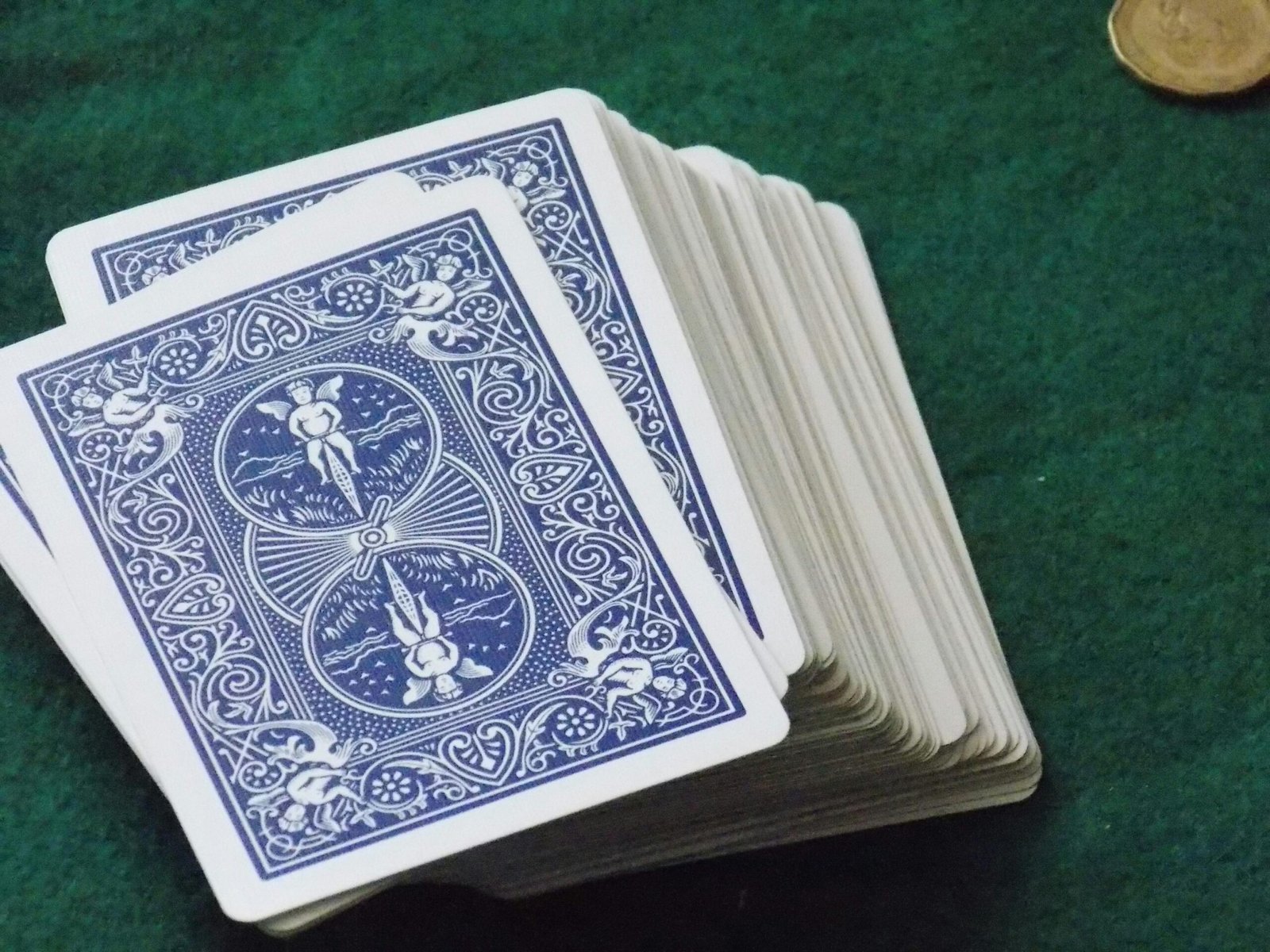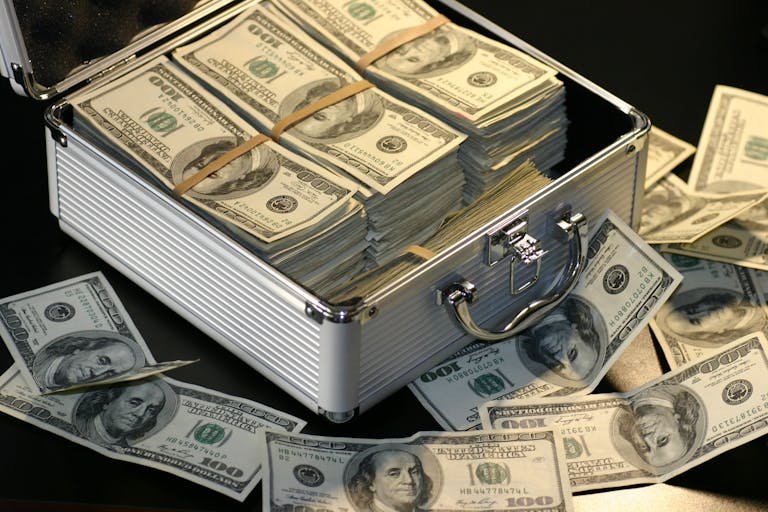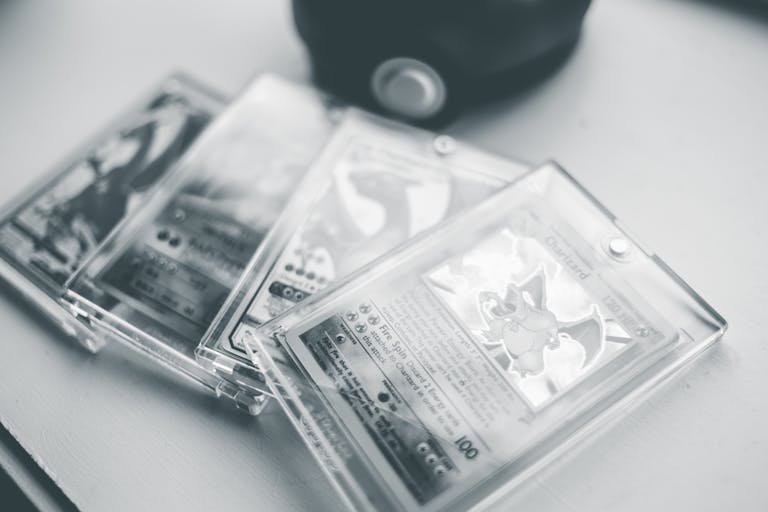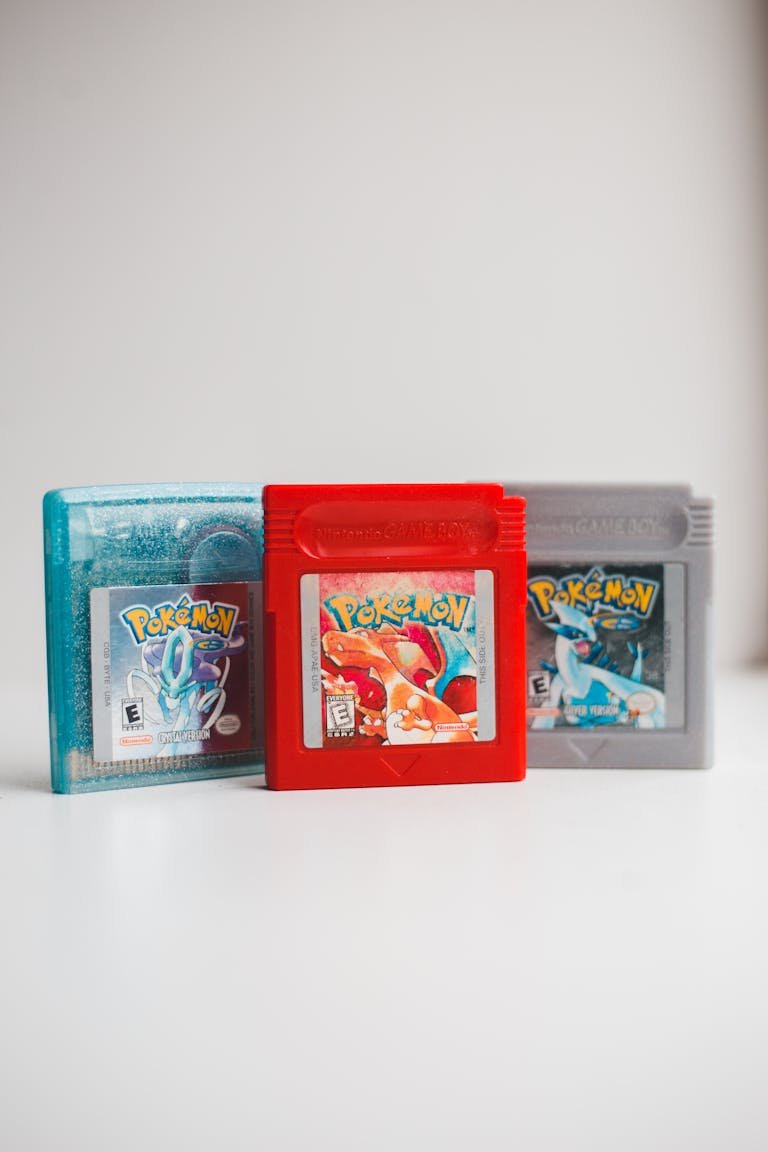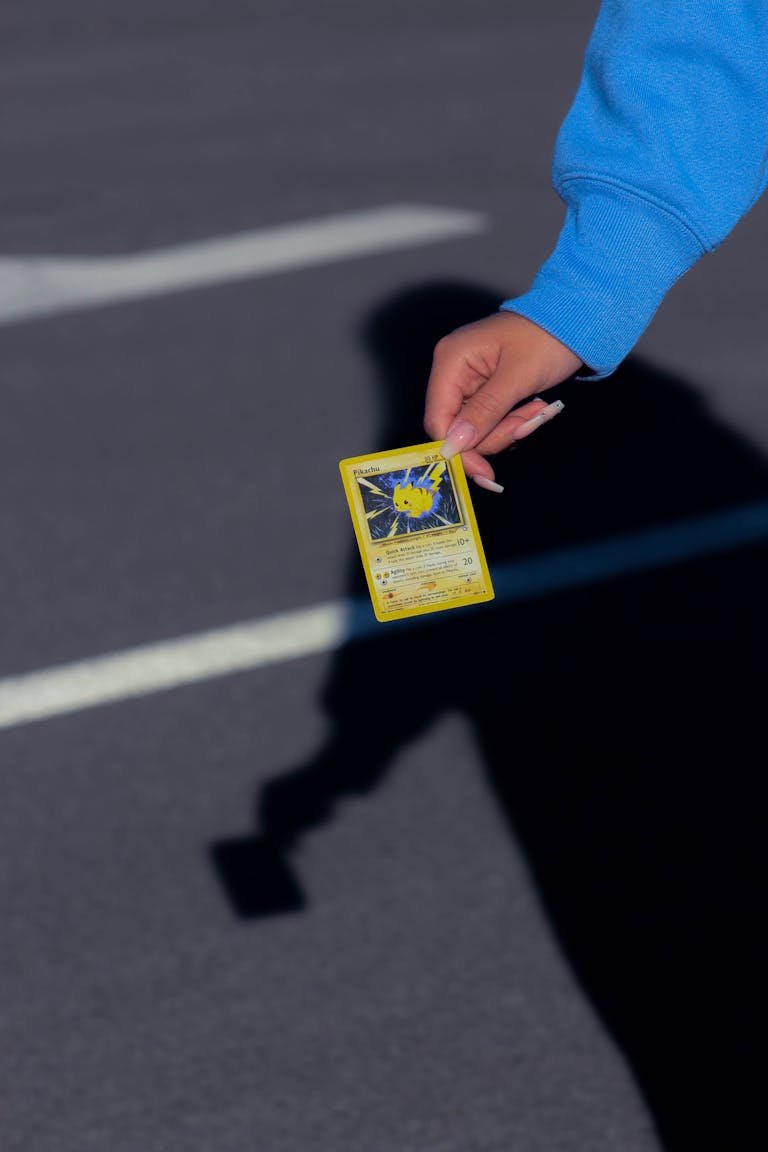What is a Toned Half Dollar? Discover Its Value & Beauty
Toned half dollars are a fascinating and visually appealing subset of coin collecting. The colors, patterns, and uniqueness of these coins draw the interest of collectors worldwide.
In this blog, we will dive into What is a Toned Half Dollar? it’s essential to understand what toning is, how it happens, and why it can increase the value of a coin.
Toned Half Dollars
Toning refers to the process of natural discoloration that occurs on coins as they are exposed to environmental factors like air, humidity, and chemicals. When you hear about a “toned” coin, it means that the coin has developed a layer of oxidation on its surface, creating beautiful color variations. These can range from subtle shades of brown and gold to stunning rainbow hues that cover the coin’s surface in blues, purples, reds, and greens.
When it comes to half dollars, which are larger in size than many other coins, toning can create particularly striking effects. Many collectors find that the larger surface area of half dollars allows for more dramatic and appealing color changes, making toned half dollars a sought-after addition to any coin collection.
Why Half Dollars?
- Larger surface area: Due to their size, half dollars have more space for toning to occur. This larger surface area allows for a wider range of colors and patterns.
- Popularity among collectors: Half dollars are a beloved denomination for collectors, making toned half dollars highly desirable in numismatic circles.
What Causes Toning on Half Dollars?
Several factors contribute to the development of toning on coins, including half dollars. These include time, the environment, and storage conditions. Understanding these factors can help you appreciate the beauty of toned coins and why they are considered special.
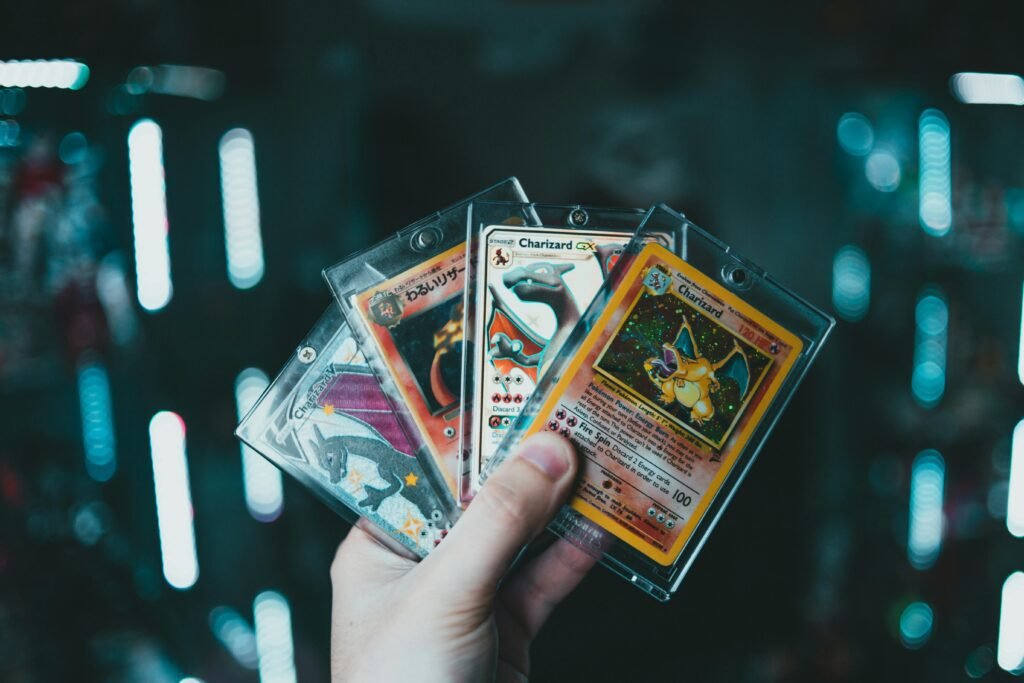
Factors Affecting Toning
1. Time
The longer a coin has been in circulation or stored, the more time it has to develop toning. As a coin is exposed to the surrounding air, the metal reacts with gases like oxygen and sulfur, leading to changes in its surface color. This gradual process is what gives older coins their distinctive tones.
- Older coins: Coins that have been around for decades or even centuries are more likely to exhibit toning.
- Duration of exposure: The longer the coin is exposed to certain conditions, the more pronounced the toning can become.
2. Environment
The environment in which a coin is stored plays a significant role in its toning process. Coins stored in areas with high humidity or pollutants, such as sulfur, will likely tone faster than coins stored in more controlled conditions. Elements like chlorine or sulfur can react with the metal in the coin, leading to unique and sometimes vibrant colorations.
- Sulfur: Sulfur-rich environments can result in deep, rich toning, often creating darker shades like blue, purple, or black.
- Air quality: Pollutants or chemicals in the air can accelerate the toning process, causing more noticeable discoloration over time.
3. Storage Conditions
How you store your half dollars can dramatically influence how they tone. Coins kept in certain types of holders or environments are more likely to develop toning than those kept in tightly sealed, climate-controlled conditions.
- Coin holders: Paper coin holders, particularly those containing sulfur, can speed up the toning process.
- Temperature and humidity: High humidity and fluctuating temperatures can increase toning, while low-humidity environments slow down the process.
Types of Toning on Half Dollars
Toning can occur naturally or artificially, and knowing the difference is crucial for any serious collector. The type of toning a half dollar has can greatly affect its value and desirability.
Natural Toning vs. Artificial Toning
1. Natural Toning
Natural toning occurs over time as a result of environmental exposure. This process is gradual, and the colors that develop are a direct result of the coin’s interaction with its surroundings. Collectors often prize naturally toned half dollars because each one tells a story of its journey through time.
- Unique colorations: No two naturally toned coins are alike. The colors and patterns are a direct result of the coin’s environment.
- Collector value: Natural toning is generally more desirable among collectors, adding both aesthetic appeal and financial value to the coin.
2. Artificial Toning
Artificial toning occurs when someone intentionally subjects a coin to chemicals or heat to create the appearance of toning. While these coins can still be beautiful, they are generally less valuable than naturally toned coins because the toning is not the result of natural processes. Experienced collectors can often detect artificial toning by examining the patterns and intensity of the colors.
- Chemical exposure: Coins may be exposed to chemicals in a controlled setting to achieve the appearance of toning.
- Heat exposure: Applying heat to a coin can also simulate the effects of toning, but these artificially toned coins are typically less desirable in the numismatic world.
The Value of Toned Half Dollars
Toned half dollars can be quite valuable, but their worth depends on several factors. As a collector, you need to assess these aspects to understand the coin’s market value.
Factors Influencing the Value of Toned Half Dollars
1. Type of Toning
As mentioned earlier, natural toning is generally more valuable than artificial toning. Collectors tend to prefer coins that have acquired their tones through natural exposure to the environment, as these coins are considered more authentic and unique.
- Natural toning: Adds value due to its uniqueness and the natural beauty of the colors.
- Artificial toning: Less valuable due to the fact that it is man-made and lacks the historical journey of naturally toned coins.
2. Intensity and Color of the Toning
The intensity and color of the toning can significantly impact the value of a half dollar. Coins with vibrant, evenly distributed colors tend to fetch higher prices. Some color combinations are more desirable than others, with rainbow toning being particularly prized among collectors.
- Rainbow toning: Multi-colored tones, especially those that cover a large part of the coin’s surface, can be especially valuable.
- Subtle vs. vibrant: Coins with more subtle tones may still be valuable, but vibrant, well-distributed toning generally increases a coin’s market worth.
3. Condition of the Coin
Like all coins, the overall condition, or grade, of a toned half dollar is crucial when determining its value. A coin in excellent condition with striking toning will generally command a higher price than one that shows significant wear and tear.
- Mint State (MS) coins: Coins graded in Mint State (typically MS60 to MS70) with stunning toning can fetch premium prices.
- Circulated coins: Although toned circulated coins can still be valuable, they are generally worth less than their Mint State counterparts.
4. Rarity of the Coin
The rarity of a half dollar can add considerable value, especially when combined with attractive toning. A rare coin that also displays vibrant, natural toning will likely be highly sought after by collectors.
- Scarcity: Rare dates and mint marks often increase the coin’s overall value, regardless of toning.
- Demand: Coins that are both rare and exhibit striking toning will typically generate more interest in the coin collecting market.
How to Store Half Dollars to Encourage Toning (or Prevent It)
If you’re a coin collector, how you store your coins can have a significant impact on their toning. You may want to encourage toning for aesthetic reasons, or you might prefer to preserve the coin’s original appearance. Either way, knowing how to control environmental factors is key.
Encouraging Toning
To encourage toning, you’ll need to store your coins in an environment where they are exposed to air, humidity, and certain chemicals.
- Paper envelopes: Using paper coin envelopes, especially those with sulfur, can help accelerate the toning process.
- Fluctuating temperatures: Allowing your coins to experience temperature changes can promote toning over time.
Preventing Toning
If you want to prevent toning and maintain the original appearance of your half dollars, focus on controlling the coin’s exposure to air and moisture.
- Airtight holders: Storing coins in airtight holders or capsules will minimize exposure to air and reduce the chance of toning.
- Low-humidity environments: Keeping your coins in a climate-controlled, low-humidity environment will help prevent them from developing tones over time.
Conclusion: The Beauty and Value of Toned Half Dollars
Toned half dollars represent the intersection of history, art, and value in coin collecting. Whether naturally or artificially created, the stunning colors and patterns that develop over time make each toned half dollar a unique work of art. As you build your collection, understanding the factors that influence toning, its types, and how to store your coins effectively will enhance your appreciation for these beautiful and valuable pieces.
Remember, toned half dollars are more than just currency—they are historical artifacts with their own story to tell, beautifully etched in every hue and shade.
